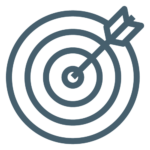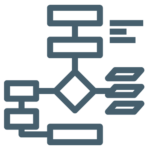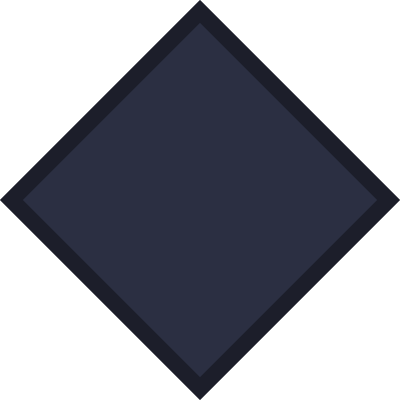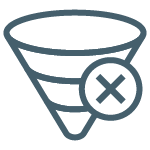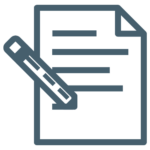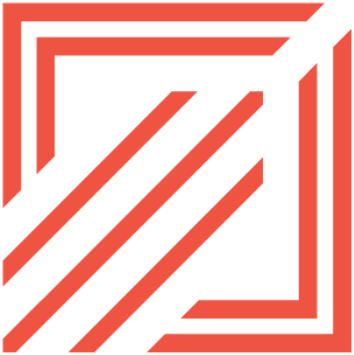Here at 434, we describe the websites we build as “user-first digital experiences.” And we mean that. We don’t create anything until we first dig into what kinds of users will be interacting with our projects. We take the time to understand our clients’ offerings and their ideal customers to form the foundation of the bridge we build between the two.
We believe the optimal approach to building a new website is to develop this deep understanding. Once we fully grasp a client’s customers, we use our findings to build buyer personas. Once we understand their customers’ buying process, we can then plot a customer’s journey. And once we know how those customers should interact with a website, we create what’s called a user flow. For our clients, this is all then packaged into documents and reports to reference throughout the build and beyond.
In this blog, we’ll explain what a user flow is, and how it will help your organization optimize its website to best align with users’ expectations.
